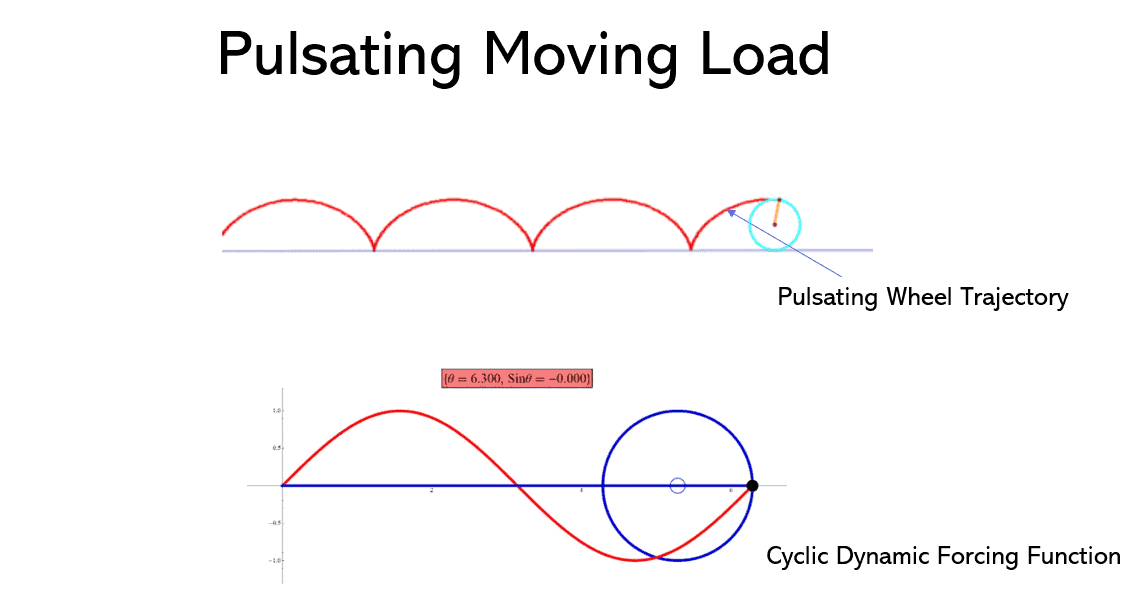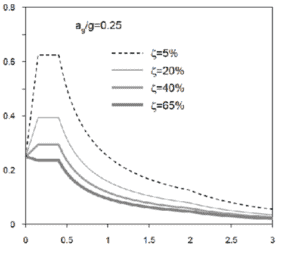WSp / principal tower
london, united kingdom

Project
The recently completed GBP 200 million mixed-use Principal Tower in London is not distinctive solely due to its 50-story height. Its unusual design consists of three differently sized volumes arranged in a cruciform that measures less than 25 meters on each side. Principal Tower’s compact design was dictated, in part, by the relatively small amount of space available for construction. The site is also adjacent to various buildings, including the six-track Liverpool Street train station, which is the third-busiest station in the entire country. With these restrictions and details, the project owners were not certain that they could fully realize their vision and build an economically viable tower within the available footprint. Therefore, they commissioned WSP to design the project and not only provide a guide for construction, but also demonstrate that delivering the owner’s vision was possible in such a tight space.
WSP knew that it needed to create a plan that not only met space requirements, but also would not adversely impact the railway’s constant operations. Their work had to give the railway commission confidence that the building’s design and construction would not adversely impact the railway’s constant operations or its Victorian-era masonry tunnels. Additionally, to tackle logistical challenges, project stakeholders decided to undertake top-down construction, as it would accommodate the size constraints. Because of the unusual design, the nearby railway, the construction method, and the other myriad complex details, they realized that traditional design software would not be able to deliver the project.
Facts
- Due to the small amount of space available, the GBP 200 million project could not proceed without a design that proved its viability.
- The detailed design and analysis confirmed that the tower design would work, even as piles were built 50 millimeters away from the rail tunnel.
- Optimized design reduced support materials by 60% and lowered the amount of temporary works needed during construction.
With RAM Concept and PLAXIS, WSP created a more efficient design that reduced material and labor costs.
“Much like fine craftwork relies on excellent tools, engineers rely on software to produce fine engineering solutions. Bentley’s applications have proven to be indispensable for providing the fine engineering solutions necessary for a highly complex project like Principal Tower.”
– Nello Petriolli Associate Director and Project Engineer, WSP
Solution
WSP, a longtime user of Bentley applications, turned to PLAXIS to analyze multiple potential designs and model soil movement during excavation, construction, and the continued life of the building. Their analysis indicated that constructing the ground floor slab first would create a horizontal prop that would protect the masonry tunnels during underground construction by providing lateral support. WSP used RAM Concept for all stages of foundation and basement design, from the early concepts to final detailing. The application’s ability to model elastomeric bearings in the supports as soft springs rather than more rigid forms provided a more accurate model of the foundation’s behavior and reaction to train vibrations.
Outcome
The optimized and detailed design gave all stakeholders confidence in the project, and that development of the tower could move forward. The detailed analysis of soil movement in PLAXIS and the design of the ground floor slab within RAM Concept clearly demonstrated to the railway authorities that development would not harm the underground tunnels. Therefore, the authorities gave permission for the project to proceed. By designing elements of the superstructure in RAM Concept, WSP was able to comply with strict design codes while reducing the use of reinforcement materials by 60%, or 17 tons. With RAM Concept and PLAXIS, they created a more efficient design that reduced both material and labor costs. The tower is now complete and has become a distinctive part of London’s skyline.



